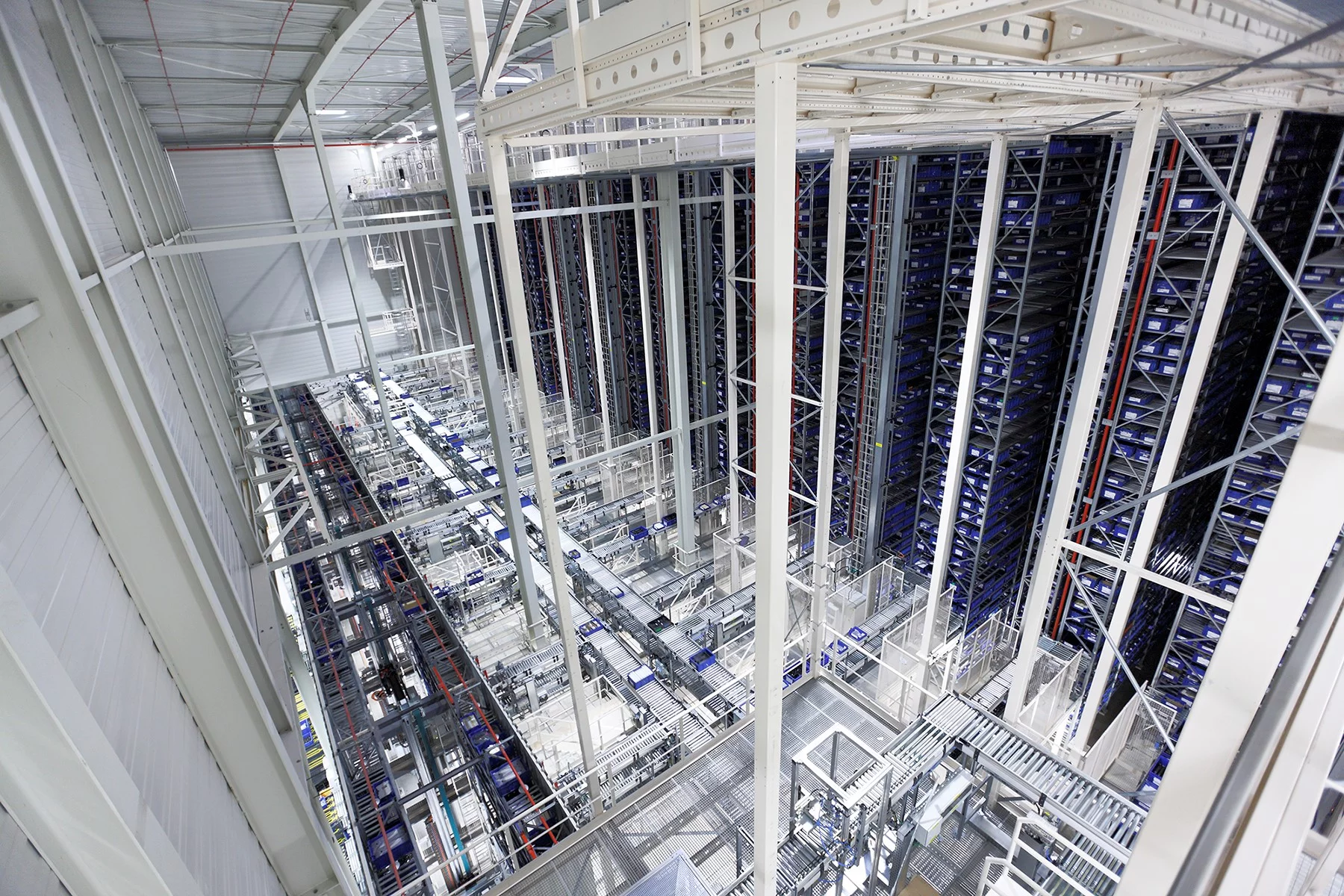In response to today’s high demand for resilience in the world of physical operations, Samsara Inc., pioneer of the Connected Operations® Platform, announced its new Upgrade for Smarter Operations programme across the UK and Ireland, France, Germany, Austria, Switzerland, Netherlands, Belgium and Luxembourg markets. The programme is designed to make it easy for organisations that rely on systems with inadequate capabilities and customer support to upgrade to Samsara’s advanced and comprehensive AI-powered platform. Eligible companies to upgrade include organisations like Lightfoot, Microlise, Webfleet, Trakm8, Lytx, Geotab, Verizon Connect, VisionTrak, and Masternaught among others.
“We switched technology providers because our previous telematics and cameras were unreliable – the data was poor, and our drivers didn’t trust it, hindering bonus planning. We were close to choosing Microlise, but Samsara’s ability to identify key events and behaviours stood out, offering a path to improve our culture through training,” said Peter Cox, Head of Transport, Clean Linen.
Advantages of the Platform
As the most widely-used and fastest-growing connected operations platform, Samsara is committed to continuous innovation and customer success. In fact, the company holds hundreds of patents and has proven to deliver 8x ROI. This commitment translates into many tangible benefits as organisations that use Samsara’s platform can experience:
• Unrivalled AI Insights and Safety: Samsara’s AI is trained on more than 14 trillion data points, more than any other in its industry. Customers leverage its industry-leading AI to gain actionable insights that improve safety, efficiency, and decision-making across operations.
• Expert Partnership, Dependable Supply Chain, and Unwavering Reliability: Customers can rely on Samsara’s solutions for their mission-critical operations, benefiting from secure, scalable, and flexible technology, 99.99% platform uptime, extensive European coverage ensuring top-tier connectivity, rapid 48-hour hardware shipping, and a limited lifetime hardware warranty, all backed by dedicated 24/7 expert support. From day one, customers work with Samsara’s customer success managers and implementation consultants, who stay with them through every stage of their journey.
• Technology Drivers Love: Improve driver satisfaction and retention with leading safety technology and the industry’s number-one rated driver app, designed to be easy to use and to make administrative work simple for drivers.
• Committed to a sustainable future: Samsara customers globally have collectively saved over 1.3 million metric tons of CO2 emissions through the platform’s features designed for efficient fuel use and reduced emissions.
• Future-Proof Stability: Samsara is a long-term, financially strong partner, growing more than 30% year-over-year, and is continuously innovating for its customers, as evidenced by its more than $1B invested in research and development to date.
Thousands of organisations have switched to Samsara because of these advantages and more. Below are a few of their stories with perspective on Samsara’s differentiated solutions and support:
• “It was only when we started investigating alternatives that we discovered Samsara’s AI-based technology. We soon realised it was the perfect fit for us, providing information we needed in real-time,” commented Olivia Fagan, Compliance Officer, Fagan & Whalley
• “We see Samsara as a strategic partner that not only helps us to achieve our current goals, but also supports our long-term vision of a sustainable and successful company… We particularly appreciate the transparent and predictable cost structure that Samsara offers us. Unlike other providers, we get an all-inclusive solution that impresses with its intuitive, user-friendly platform,” added David Intruglio, Head of National Logistics, Alsco
• “When we studied the market, we realised that Samsara differentiated itself from its competitors with particularly effective, latest-generation solutions. We also appreciated their ability to respond very quickly to our specifications with great precision. For the installation of the first gateway, a Samara technician guided us by videoconference and it took us barely 15 minutes. We installed the subsequent units completely independently and very easily, taking just 5 minutes per vehicle,” said Karim Aït Soumane, Co-Founder, TMA Express
• “The Samsara safety score has been a runaway success. It’s given myself and other drivers something to compete over, I can’t count the number of times we’ve joked about beating each other’s score, it’s a fantastic system,” concluded Eddie Burns, Driver and Driver Manager, Midland Tyre Services

“The world of physical operations is the engine of our economy, driving over 40% of global GDP and impacting everyone’s daily life,” said Philip van Der Wilt, EMEA SVP and GM, at Samsara. “The legacy solutions some are relying on simply aren’t built for today’s economic uncertainties and operational complexities, eroding the confidence leaders need. That’s why we’re making it even easier for them to upgrade to the clear advantages Samsara’s platform delivers.”
similar news








